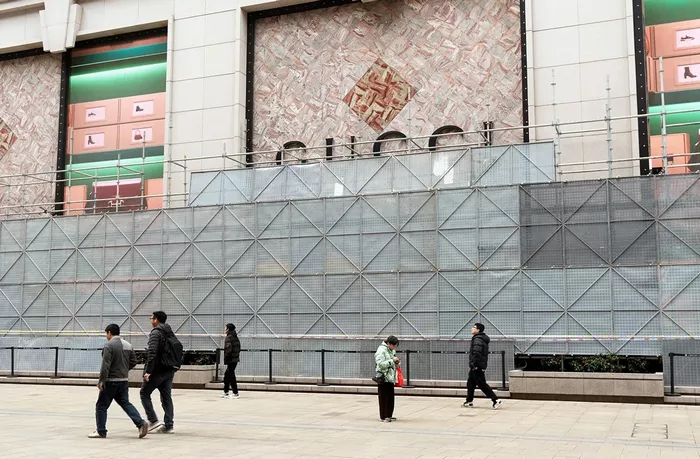The luxury fashion industry is facing significant challenges this year, with a slowdown becoming one of the most discussed topics in fashion circles. As the market contracts, retailers are reevaluating their strategies, renegotiating contracts with brands, and scaling back events. Some have even raised the question of whether the era of fashion-week chauffeurs is nearing its end.
The slowdown is undeniable. LVMH, the world’s largest luxury group, reported a 4 percent sales drop in the first quarter of 2025, particularly in its crucial fashion and leather-goods division. Similarly, sales at Gucci, owned by Kering, plummeted by 25 percent. Furthermore, the effects of Donald Trump’s tariffs are being felt across the industry, with luxury brands facing the need to adjust their supply chains and potentially raise already inflated prices. For instance, Louis Vuitton recently raised the price of its Neverfull tote by 4.8 percent in the United States.
Despite these challenges, some luxury brands continue to thrive. Hermès, for example, reported a 9 percent increase in revenue, reaching over €4 billion. Brunello Cucinelli also experienced growth, with a 10.5 percent rise in sales. Additionally, Prada Group has successfully transformed Miu Miu into a billion-euro brand and made a strategic acquisition by purchasing Versace for €1.2 billion.
While opportunities still exist, the current market conditions are forcing customers to rethink their relationship with luxury. Consumers are becoming more discerning, demanding top-tier quality or emotional resonance from the designs they purchase. For some brands, relying too heavily on branding or reissuing archival designs has proven to be a short-term fix, a “band-aid strategy,” as analysts have termed it, that no longer holds the same appeal.
In discussing the state of luxury brands, Amy Smilovic, founder of Tibi, offered her perspective on the future of high-end fashion. Smilovic recently shared her own formula for success, which involved downsizing her company, prioritizing her personal taste, and disregarding industry trends. She argued that achieving luxury status with €1 billion in sales is an unsustainable model. While brands like Hermès and Miu Miu might contradict this view, it’s becoming clear that achieving luxury at scale is an incredibly difficult feat. It demands a blend of creative risk-taking and financial foresight, requiring business leaders with bold visions to navigate this increasingly complex landscape.
Related Topics
- Olga Joan: Newcastle’s Fashion Label Creating Timeless and Sustainable Pieces for Every Occasion
- Christine McGuinness’s Clothing Brand Fades Amid Friendship Fallout and Legal Troubles
- Jason Kelce Champions Local Fashion with New Direction for Underdog Clothing Brand

